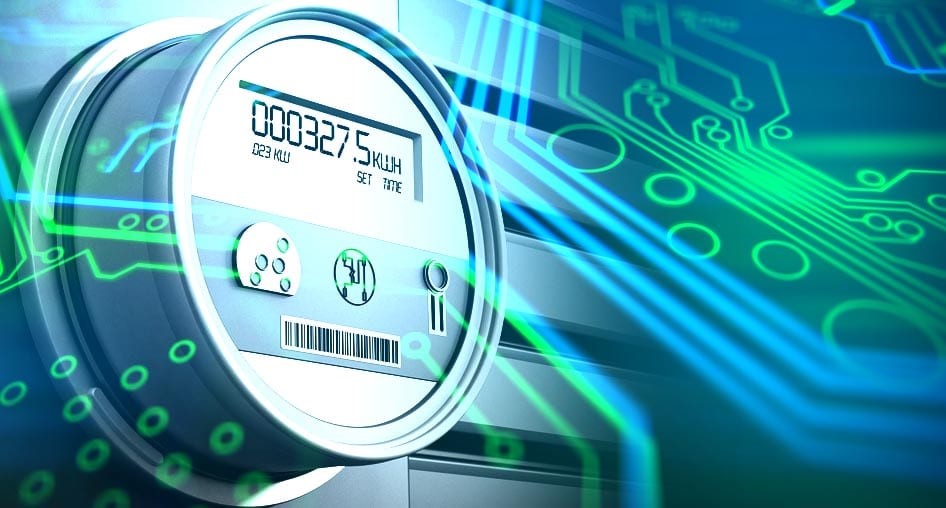Description

Disclaimer: Copyright infringement not intended.
Context:
- Kerala's recent move to opt out of the Centre's scheme for the rollout of smart electricity meters challenges the prevailing narrative of smart metering as a panacea for the challenges faced by the country's electricity distribution sector.
- This decision has significant implications for the ambitious project aimed at replacing conventional meters with smart meters across households by March 2025.
Smart Meter
- A smart meter is an electronic device that records information—such as consumption of electric energy, voltage levels, current, and power factor—and communicates the information to the consumer and electricity suppliers.
- Such an advanced metering infrastructure (AMI) differs from automatic meter reading (AMR) in that it enables two-way communication between the meter and the supplier.
Challenges in Smart Meter Implementation:
Assumptions Behind Smart Metering:
- The nationwide push for smart metering hinges on the assumption that this technology will address the longstanding issues plaguing the electricity distribution sector.
- However, critics argue that the efficacy of smart metering is contingent upon several assumptions, including reliable telemetry synchronization, prevention of tampering, and robust enforcement of energy audits and disconnection protocols.
Functional Effectiveness Concerns:
- The effectiveness of smart metering depends on the seamless synchronization of meter telemetry with the grid, prevention of tampering, and the capacity of distribution utilities to enforce disconnection protocols.
- India's track record in these areas raises doubts about the viability of widespread smart meter deployment.

Divergence in Intentions:
Global vs. Indian Approach:
- Globally, smart metering aims to optimize Time of Day (ToD) pricing, incentivizing consumption during off-peak hours.
- In India, the focus is on reducing distribution losses through remote disconnection features, raising questions about the feasibility of widespread implementation.
Cost Recovery Challenges:
- Smart meter costs, comprising fixed costs and recurring billing expenses, pose challenges for recovery, particularly given the financial constraints of distribution companies.
- A phased approach targeting higher-value consumers may offer a more sustainable path forward.
Alternate Strategies for Smart Metering:
Targeted Deployment:
- Prioritizing metering of high-value consumers and distribution transformers can yield more immediate benefits in terms of loss reduction and grid management.
- Phased implementation, starting with critical infrastructure and expanding gradually, may offer a more nuanced approach to smart meter adoption.

Conclusion:
- Kerala's departure from the Centre's smart metering scheme underscores the complexities and challenges inherent in the widespread adoption of this technology.
- A reevaluation of implementation strategies, focusing on targeted deployment and gradual expansion, may offer a more sustainable path forward in addressing the underlying issues in the electricity distribution sector.
|
PRACTICE QUESTION
Q. How do smart electricity meters in India pose challenges to the idea of smart metering as a complete solution for the electricity distribution sector? What are the complexities and limitations of widespread smart meter adoption? What alternative strategies can address the sector's challenges?
|














